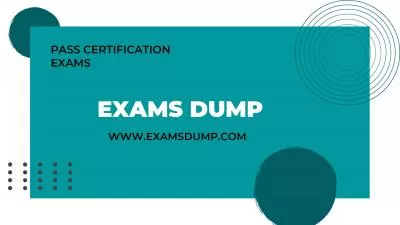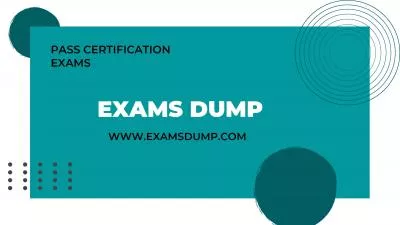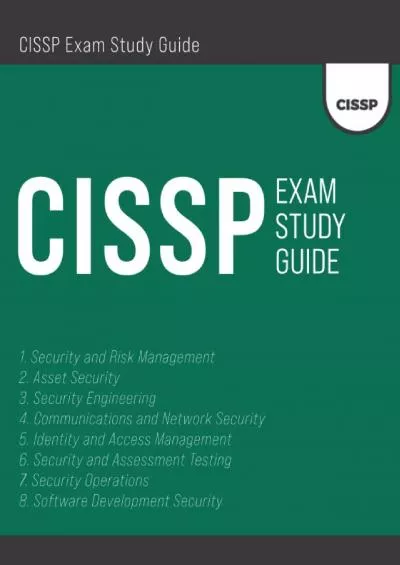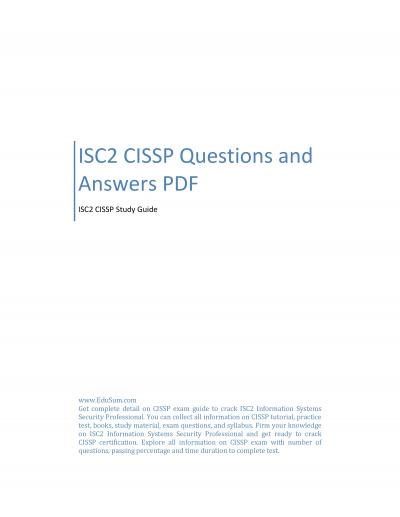PPT-Glenn K. Bard CISSP, EnCE
Author : delilah | Published Date : 2023-06-24
CFCE CHFI A Network Security ACE AME PA State Trooper Retired NCMEC Project ALERT US Army Veteran Electronic Serial Number ESN The unique identification number
Presentation Embed Code
Download Presentation
Download Presentation The PPT/PDF document "Glenn K. Bard CISSP, EnCE" is the property of its rightful owner. Permission is granted to download and print the materials on this website for personal, non-commercial use only, and to display it on your personal computer provided you do not modify the materials and that you retain all copyright notices contained in the materials. By downloading content from our website, you accept the terms of this agreement.
Glenn K. Bard CISSP, EnCE: Transcript
Download Rules Of Document
"Glenn K. Bard CISSP, EnCE"The content belongs to its owner. You may download and print it for personal use, without modification, and keep all copyright notices. By downloading, you agree to these terms.
Related Documents

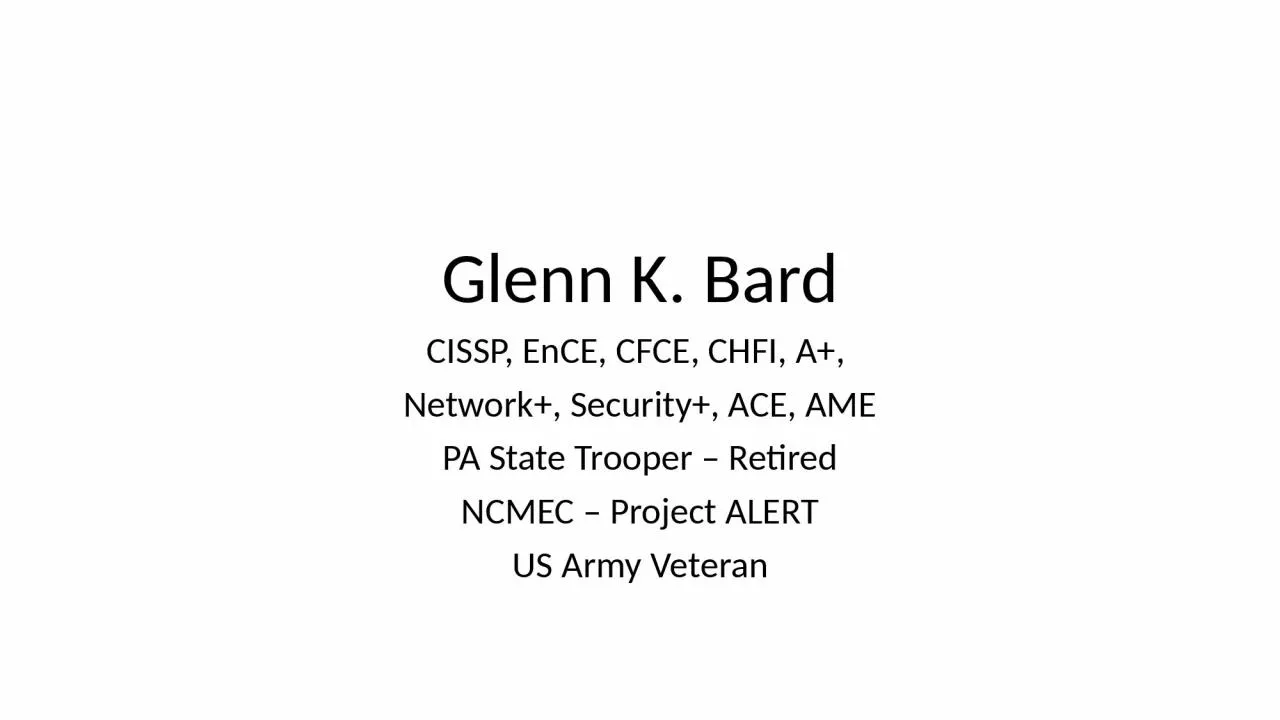
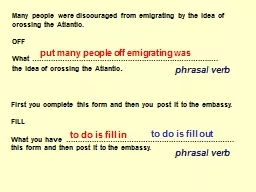
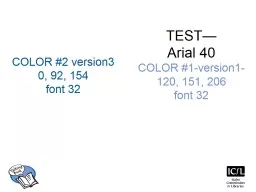
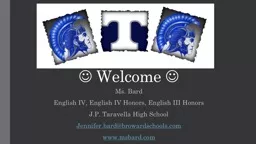

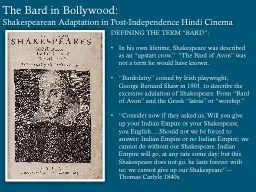
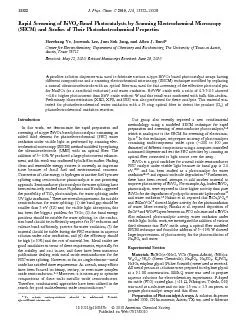

![[UPDATED] ISC2 CISSP-ISSEP Certification Question & Answers](https://thumbs.docslides.com/981508/updated-isc2-cissp-issep-certification-question-answers.jpg)
![[eBOOK]-CISSP Certification All-in-One Exam Guide, Fourth Edition (Cissp All-In-One Exam](https://thumbs.docslides.com/985481/ebook-cissp-certification-all-in-one-exam-guide-fourth-edition-cissp-all-in-one-exam-guide.jpg)
